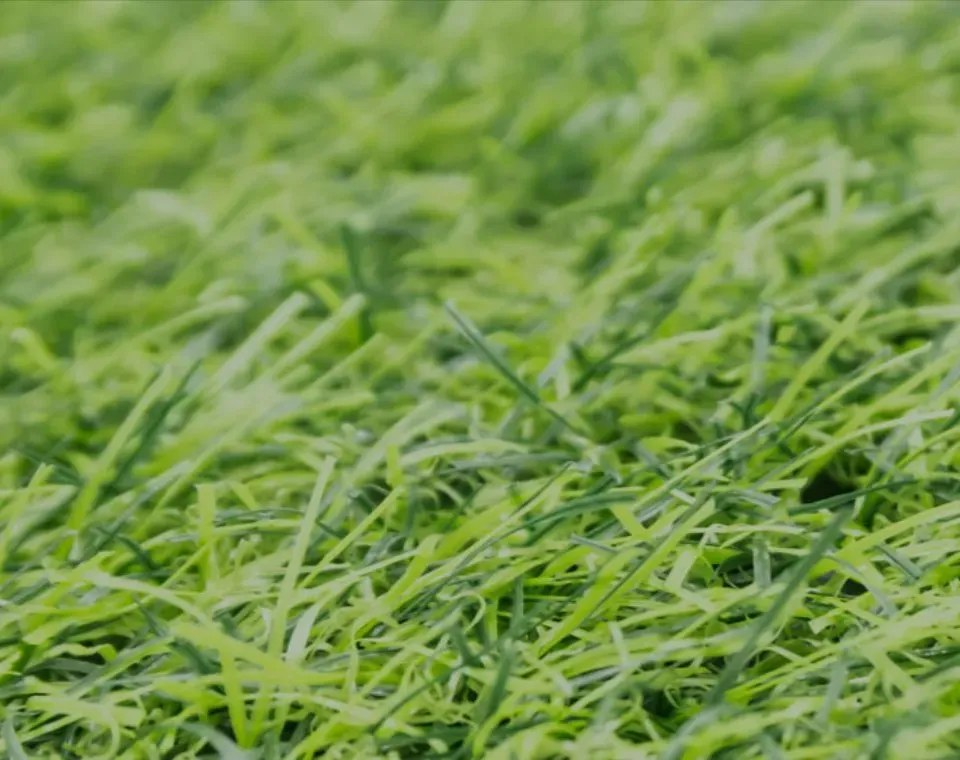
- Afrikaans
- Arabic
- Belarusian
- Bengali
- Czech
- Danish
- Dutch
- English
- Esperanto
- Estonian
- Finnish
- French
- German
- Greek
- Hindi
- Hungarian
- Icelandic
- Indonesian
- irish
- Italian
- Japanese
- kazakh
- Rwandese
- Korean
- Kyrgyz
- Lao
- Latin
- Latvian
- Malay
- Mongolian
- Myanmar
- Norwegian
- Persian
- Polish
- Portuguese
- Romanian
- Russian
- Serbian
- Spanish
- Swedish
- Tagalog
- Tajik
- Thai
- Turkish
- Turkmen
- Ukrainian
- Urdu
- Uighur
- Uzbek
- Vietnamese
Benefits of Using Artificial Turf for Soccer Fields and Player Performance
Dec . 15, 2024 00:09 Back to list
The Rise of Artificial Grass Soccer Fields
In recent years, the demand for artificial grass soccer fields has surged, transforming the landscape of sports facilities around the world. The advantages offered by synthetic turf over traditional grass are appealing to schools, clubs, and organizations, making it a trending choice for soccer fields.
The Advantages of Artificial Grass
One of the primary benefits of artificial grass is its durability. Unlike natural grass, which can suffer from wear and tear due to heavy use, synthetic turf can withstand constant play without significant damage. This is particularly important for soccer fields that host multiple matches, training sessions, and other activities throughout the week. As such, artificial grass fields can maintain a consistent playing surface, providing athletes with optimal conditions regardless of weather or usage.
Moreover, artificial grass requires significantly less maintenance than natural grass. Traditional soccer fields often require regular mowing, watering, seeding, and fertilizing to keep them in good condition. These demands not only come with a financial cost but also require time and labor. In contrast, artificial grass maintains its appearance with minimal upkeep. Occasional brushing and rinsing are usually enough to keep the surface clean and functional, allowing for a cost-effective solution in the long run.
Weather resilience is another compelling reason to opt for artificial grass fields. Natural grass can become muddy and unplayable after heavy rainfall, causing cancellations and disruptions. Synthetic turf, however, drains water efficiently, maintaining playability in various weather conditions. This reliability enables clubs and schools to utilize their fields year-round, maximizing their usage and revenue potential.
Environmental Considerations
artificial grass soccer field

While artificial grass offers multiple benefits, the environmental implications are a subject of discussion. Critics argue that synthetic materials are not biodegradable and can contribute to long-term pollution. However, advancements in technology have led to the development of more sustainable options. Some manufacturers have started producing turf made from recycled materials or that are easily recyclable themselves. Moreover, the reduced need for water, pesticides, and fertilizers associated with natural grass can contribute to a lower environmental footprint over time.
Player Safety and Performance
Player safety is a critical aspect of any sporting facility, and artificial grass has made impressive strides in this regard. Modern synthetic turf is designed with shock-absorbent materials that help reduce the risk of injuries. Advances in technology have led to a softer, more forgiving surface that minimizes the chances of ankle sprains and other common injuries associated with playing on harder surfaces. This focus on safety makes artificial grass fields an attractive option for youth sports organizations, where protecting young athletes is paramount.
Additionally, artificial grass can provide enhanced performance characteristics. Many players feel that a high-quality synthetic surface allows for better ball control and consistent footing compared to traditional grass, which can vary depending on the weather and maintenance of the field. This consistency can contribute to improved performance overall, making it a desirable option for competitive players and teams.
Conclusion
The increasing popularity of artificial grass soccer fields marks a significant evolution in the way we approach sports facility design and maintenance. With their durability, reduced maintenance needs, and year-round playability, synthetic turf offers appealing solutions for organizations at all levels. While there are environmental considerations to address, ongoing innovations are paving the way toward more sustainable products. As we continue to see advancements in technology and design, the advantages of artificial grass in soccer fields are likely to keep it at the forefront of sports facilities for years to come. Whether for community sports leagues, educational institutions, or professional clubs, artificial grass is redefining the playing field and creating opportunities for athletes to train and compete in optimal conditions.
-
The Benefits of Artificial Turf for Indoors
NewsJul.15,2025
-
How Artificial Grass Suppliers Ensure Quality Products
NewsJul.15,2025
-
Artificial Grass and Pets: A Space for Relaxation
NewsJul.08,2025
-
Balcony & Outdoor Decoration with Artificial Grass
NewsJul.08,2025
-
Best Indoor Artificial Grass for Home
NewsJul.07,2025
-
Best Pet Turf for Dogs: Safe & Durable Artificial Grass Options
NewsJul.07,2025
Products categories









